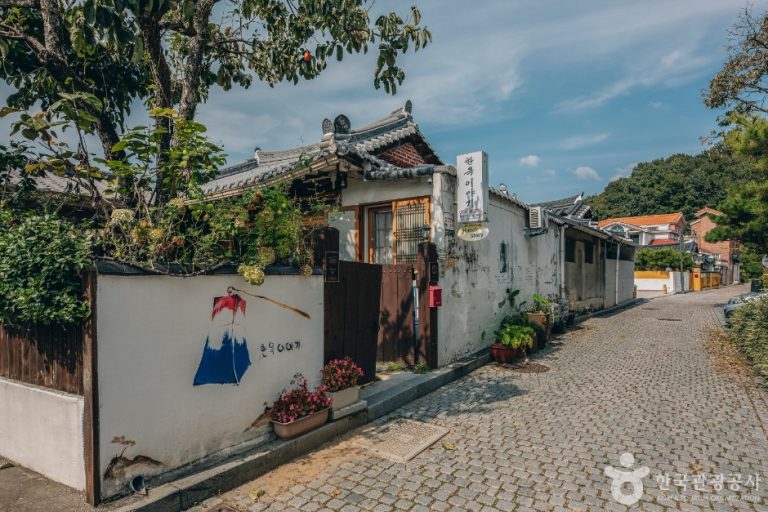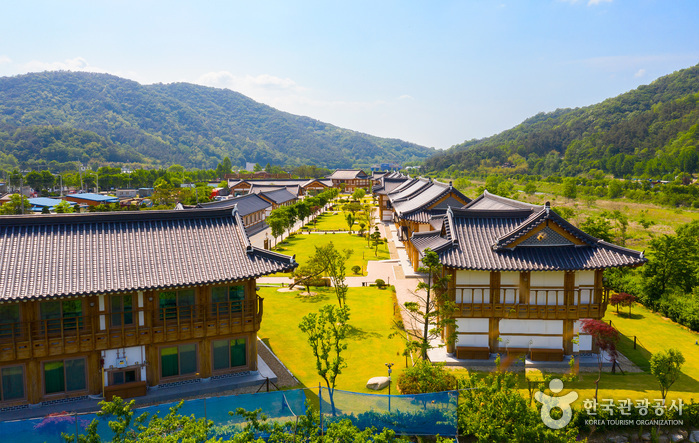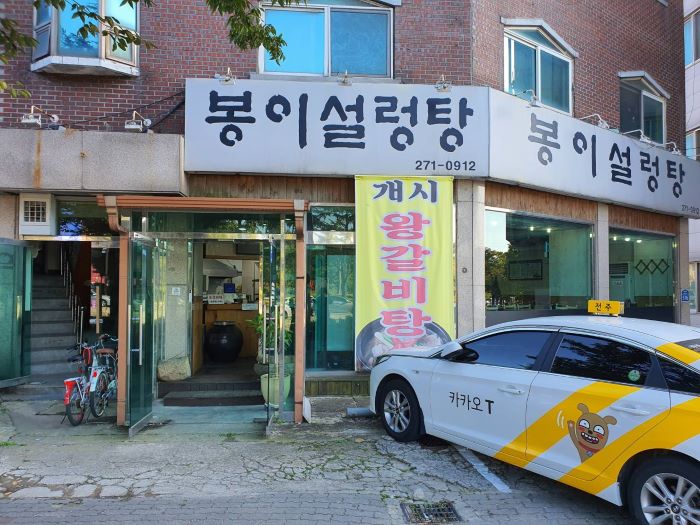Muju Anguksa Temple (안국사 (무주))
Muju Anguksa Temple (안국사 (무주))
– Homepage
www.templestay.com
– Tel
+82-63-322-6162
As the only temple in Jeoksangsan Mountain, Anguksa Temple was built in 1227 (during the 3rd year of King Chungryeol’s reign) by Monk Wolin. A secret historical archives, called Sagak, was built to store Joseonwangjo Sillok (annals of the Joseon dynasty) in 1614 (during the 6th year of King Gwanghaegun’s reign) within the mountain, while Seonukgak was built in 1641 (during the 19th year of King Injo’s reign) to store Seonwonrok (royal genealogical records). The two sites were designated as Jeoksangsan Historical Archives during the Joseon dynasty. Hoguksa Temple was also built at that time to prevent accidents from affecting the archives. The temple, along with the existing Anguksa Temple, was used to house monk soldiers who protected the archives.
Because of the construction of Muju Power Plant, Anguksa Temple was relocated to the Hoguksa Temple site and rebuilt in 1995. Consisting of 15 buildings, the temple is surrounded by Sanjeong Lake. Boasting exquisite fall foliage, the temple can be easily reached by vehicle along a paved road. The nearby attractions include Muju Resort and Muju Gucheondong Valley.
– Address : 1050, Sanseong-ro, Muju-gun, Jeonbuk-do
※ Presentation Information
– Experience Guide
[Templestay]
– Retreat program
– One-day temple life program
* If more than 4 people register, lunch (balwoo gongyang: communal Buddhist meal service) program is available.
* Choose one option among explanation of Anguksa Temple Cultural Asset, making lantern-cup, Jeoksangsan Mountain tour, or Jeoksangsanseong Fortress visit
Experiential program
– Anguksa Temple Martial Art Templestay
* Operates on Saturday and Sunday (2 days, 1 night)
* Reservation: www.templestay.com
* Inquiries: +82-63-322-6162
– Information and Guides
• 1330 Travel Hotline: +82-2-1330
(Korean, English, Japanese, Chinese)
• For more info: +82-63-322-6162
– Parking
Available
– Day Off
N/A (Open all year round)
– Admission Fees
Free
– Interpretation Services Offered
Not available

◎ Nearby Tourism Infobox
⊙ Jeoksangsan Mountain (적상산)
View detailed guide on Korea Trip Guide →
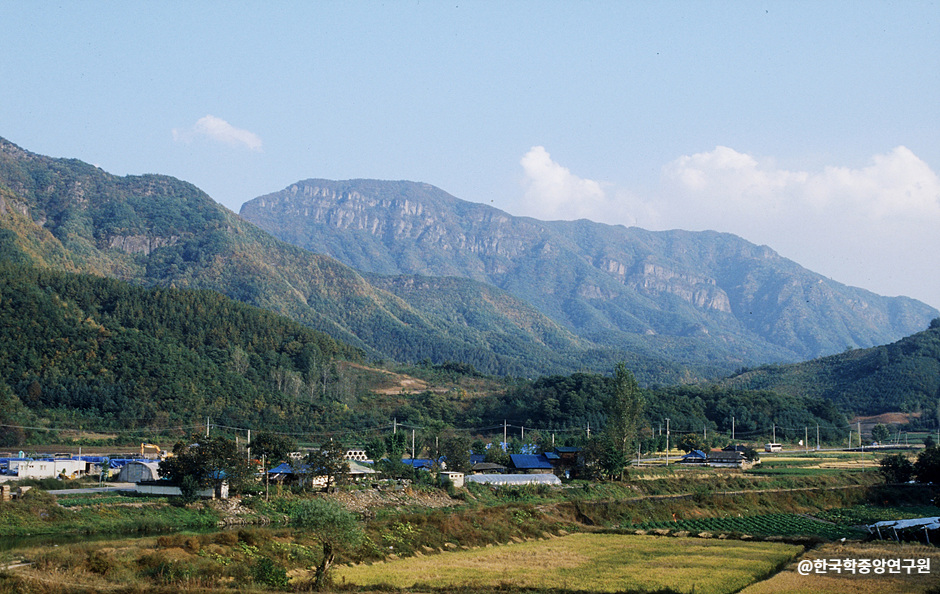
– Homepage
deogyu.knps.or.kr
– Tel
+82-63-322-4174
As one of the best scenic mountains in Korea, Jeoksangsan Mountain (1,030.6 meters) showcases imposing, steep rock walls. Jeoksangsan, also called Red Skirt Mountain, got its name from the view of red maple trees around cliffs in fall that makes the mountain look like a giant red skirt. The mountain boasts a variety of attractions from Hyangnobong Peak (1,029 meters), Cheonilpokpo Falls, Songdaepokpo Falls, Jangdobawi Rock, Janggunbawi Rock, and Allyeomdae Cliff.
The rugged shape of the mountain was considered ideal for building a fortress. And after Jeoksangsan became a designated site for storing Joseonwangjo Sillok (annals of the Joseon Dynasty), the fortress surrounding it was further rebuilt. The mountain is also home to Anguksa Temple, an ancient temple built in 1227 (during the 3rd year of King Chungryeol’s reign) by Monk Wolin. The mountain can easily be climbed by hiking or by vehicle; there is a paved road stretching over 15 kilometers that leads to the top of the mountain thanks to the construction of Muju Power Plant, letting tourists visit Sanjeong Lake and Anguksa Temple conveniently.
⊙ Jeoksangsan National History Archives Site (적상산사고지)
View detailed guide on Korea Trip Guide →
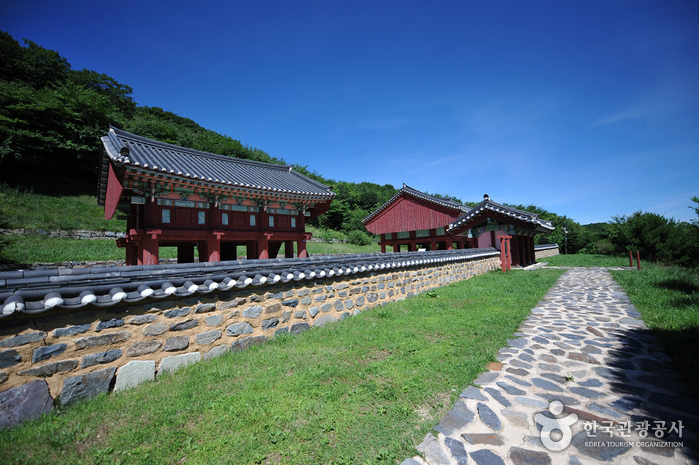
– Homepage
tour.muju.go.kr (Korean, English, Japanese, Chinese)
www.cha.go.kr (Korean, English, Japanese, Chinese)
– Tel
+82-1899-8687
During the Imjin War (1592-1598), many of the National Archives in the capital and the surrounding area were burned down. After this, the archives were duplicated and stored in a variety of locations thoughout the county. The National Archives of Jeoksangsan Mountain was founded in 1614, when important national archives were moved from Myohyang Confucian Academy, with others being added in 1641. This national archives site served a very important role throughout over 300 years of Korea’s history, until it was closed by the Japanese during the Japanese occupation.
⊙ Jeoksangsanseong Fortress (무주 적상산성)
View detailed guide on Korea Trip Guide →
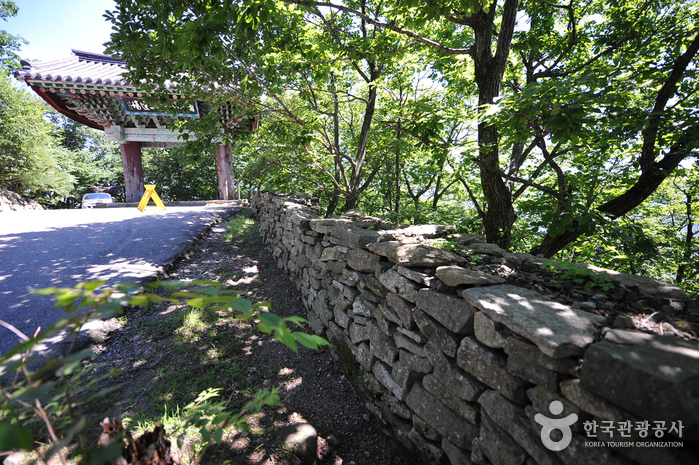
– Homepage
tour.muju.go.kr (Korean only)
www.cha.go.kr (Korean, English, Japanese, Chinese)
– Tel
+82-63-322-2905
Jeoksangsan Mountain (elevation 1,034m) in Muju, Jeollabuk-do, is surrounded by precipitous walls of stratified rocks. The basin on the mountain top there is a lake called ‘Jeoksangho’; and along the ridge enclosing the lake stands Jeoksangsanseong Fortress extending over 8,143m. During the Goryeo period the region was a place of refuge for civilians at times of war. The fortress wall was built during the Joseon era.
